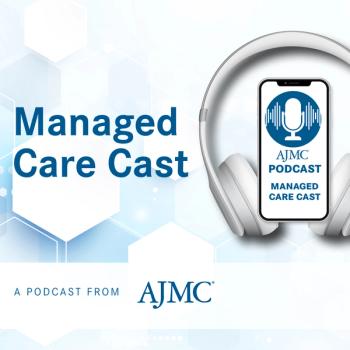
Helping Patients With Shared Decision-Making When Discussing Difficult Dialysis Choices
The decision to go on dialysis is often automatic, but using a shared decision-making process reduces the chance that a patient will regret it later.
How can physicians help their patients live well with kidney disease toward the end of life through a shared decision-making process in order to avoid choices the patients may regret later?
The decision to go on dialysis is often an automatic one, according to Jane O. Schell, MD, MHS, associate professor of medicine, Section of Palliative Care and Medical Ethics, Division of Nephrology, University of Pittsburgh. She spoke about “Best Practices for Shared Decision-Making" during the
“And I think the first question is, well, why do we need to make a change with how we're doing things?” she asked her virtual audience, pointing to an article in The New York Times last year that discussed how most patients are not given the option of conservative management, which allows patients to manage their kidney disease through medication, diet, weight management, and frequent monitoring.
Going on dialysis is a life-changing decision that ties patients to a strict routine, restricts the ability to travel, and may lead to complications; as a patient ages into their 80s or even 90s, other comorbidities complicate the picture.
Although conservative management focuses on quality of life and symptom management, “Patients report that they [have] little to no knowledge about conservative management and so it makes sense that dialysis often is the default,” Schell said.
Citing a study that said 20% of patients regret the decision to start dialysis, Schell said patients are more likely to regret dialysis if the decision was made to please others or if they had known more about their prognosis and what was to come. Being more prepared leads to fewer regrets, she said
In discussing options, patients want and value independence, a meaningful quality of life, social relationships, and a sense of control, but providers may zero in on the overall length of life.
However, there are 2 forces at work that are starting to change how decisions are made. One is the shift towards value-based care, and another is an increasing recognition of honoring patient values and delivering patient-centric care. She noted that ASN was part of the ABIM Foundation's
Another big shift: a new CMS payment model from the Center for Medicare and Medicaid Innovation. CMS’ End-Stage Renal Disease (ESRD) Treatment Choices Model to encourage greater use of home dialysis and kidney transplants for Medicare beneficiaries with ESRD.
In shared decision-making, the risks and benefits of treatment are balanced with patient preferences and values. It also encompasses preference-sensitive issues, which hinge on patient values and priorities.
While shared decision-making leads to improved health outcomes and is the middle point between medical paternalism on one side and a total consumerism model on the other, not every patient wants it, Schelle said. Most do, she said, but some prefer one or the other.
Although there are
To that end, Schell described a communication framework called “ask-tell-ask” to guide these difficult conversations.
Ask-tell-ask is a deliberate shift to getting the expertise of the patient by asking open-ended questions, encouraging 2-way conversation, and assessing their level of understanding of the situation, she said. It also helps a clinician find out how the patient prefers to hear medical information
“It tells you about how little or how much they know, to see how much do you have to fill in,” she said.
Know when to stop talking, listen, and be curious, she said, and to be wary of responding to emotion with more suggestions, when the patient simply needs to have their emotions be acknowledged and responded to, she advised.
Newsletter
Stay ahead of policy, cost, and value—subscribe to AJMC for expert insights at the intersection of clinical care and health economics.















































